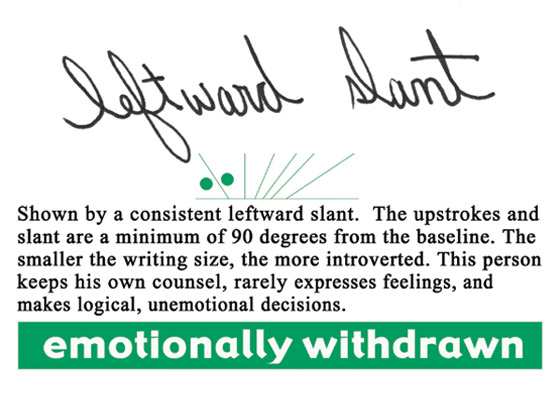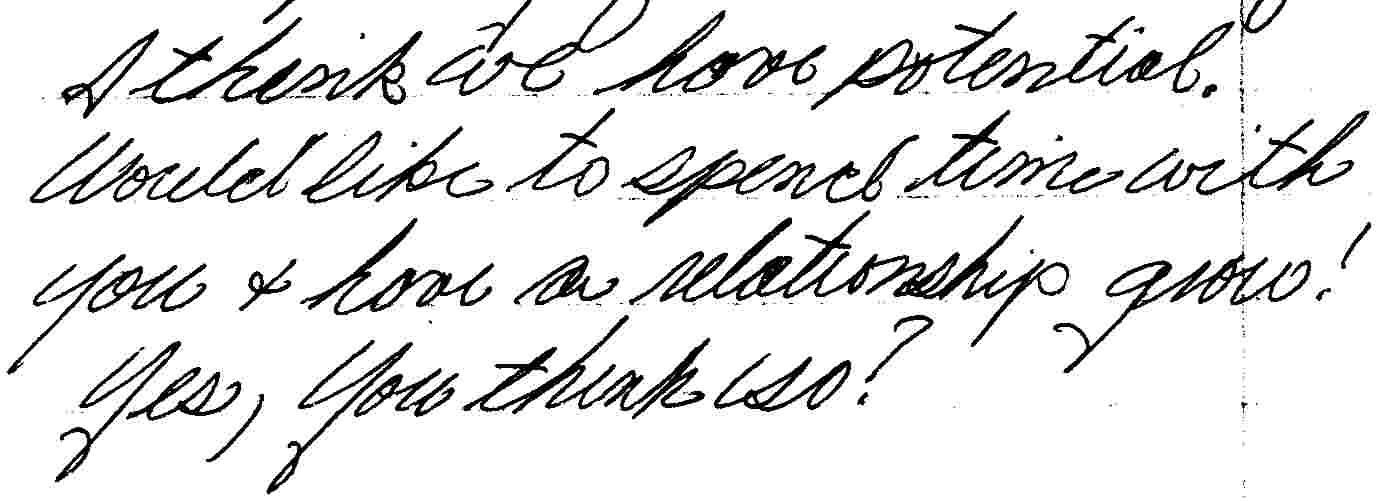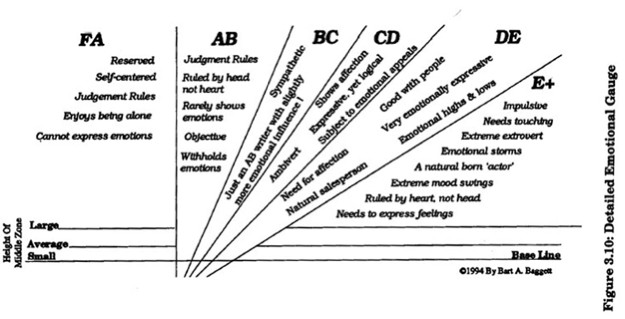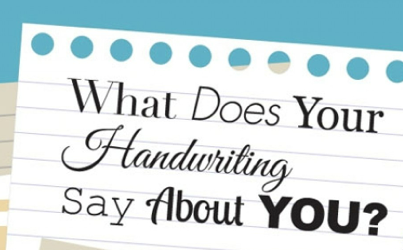Hi welcome back friend, hope you have learnt something interesting in unit 1, believe me unit two will be more interesting.
Unit Two:Love , Relationships, Compatibility, Fears and Defenses.
In this section the Y loops play a very important role and we will be dealing with the Y loops and the different things they signify.
The Following Y Chart gives us the traits seen in the people with the pattern of Y loops they write..
Some common Traits that are seen in the lower loop letters-
Unit Two:Love , Relationships, Compatibility, Fears and Defenses.
In this section the Y loops play a very important role and we will be dealing with the Y loops and the different things they signify.
 |
| Y Chart |
The Following Y Chart gives us the traits seen in the people with the pattern of Y loops they write..
Some common Traits that are seen in the lower loop letters-
- Fear of Trust
Shown when the lower loops of the y's ,g's and sometimes j's are retraced completely.This
Person does not quickly trust anyone and rarely lets people get close enough to really know
him. He fears getting hurt emotionally. This is a roadblock to intimacy.
- Aggressive
Shown by hard right upstrokes that replace a lower loop. The aggressive person pushes forward into the future, asserting himself physically. Often this person needs physically aggressive outlets such as competitive sports or even violence.
- Socially Selective--
Long narrow loops, usually in the y or g. The size of the lower loop reveals the amount of trust and imagination as it reveals to people. The narrow loop reveals some trust, but they are very selective of whom they allow in their inner circle of friends
Shown by very long and big loops in the lower zones of the y,g and p. t=They want variety in their physical activities to satisfy their insatiable physical desires. Sexually, they can be very demanding, adventurous, and often creative.
Shown By long wide lower loops that extend deeply into the lower zone using heavy pen pressures,. This person will get bored easily and needs variety in life. The physical drives are strong and deep
, providing lots of energy and imagination in physical realm.
Lower loops that are incomplete. This signifies the process of frustration in areas such as relationships, exercises or sexual activity. Something is incomplete in this person's life.
Fears And Defenses---
Fears And Defenses---
- Dominant-
Down slated t bar, to the right. The dominating person tends to be in control and likes it. a blunt end indicates dominating: he can take charge without angering those around him. The sharp t bar signifies domineering: sarcasm, whining, griping and possible cruel behavior when he dosen's get his way.
Revealed by t and d stems shaped like a teepee or upside down "V". The more this letter is braced, the more this person is braced to defend his own ideas. Stubborn people have a fear of being wrong, and don't want to be confused with the facts after they have made up their minds.
Shown in the t and d stems that are retraced and taller than normal. These writers will demand respect and except you to treat with dignity.
Shown by the large looped stem in the lower case t or d . The bigger the loop, The more painful criticism will feel. If the loop is really inflated , this person will imagine criticism. The D-looped relates to appearence and the t-loop relates to sensitivity about ideas or philosophies.
- Argumentative
Shown by the break- away p with a high beginning stroke. This person likes to argue. The trait will be increased if the writer is also analytical, irritated, stubborn, and impulsive.
A large lower case letter, especially k, anywhere in the writing. This high buckle is often reffered to as the "go to hell K",. The defiant person resists authority and resents the people ij charge. It is seen as a rebellious nature in young people. Rule breaker.
A tight beginning loop that is small and almost square. It must make a completely closed circle. This person fears the loss of someone's love.
Shown by increasing height of humps on the m's and n's.
Inner loops on the lower side os the circle letters. This person is deceiving himself about something that is happening to him at the movement
Shown by a t- bar is crossed predominantly on the right side of the stem. The more it occurs, The easier irritation will cause them to lose control of their emotions. If combined with heavy Right slant, They will blow up quickly when under stress.
Revealed by a straight and even baseline that you could draw a straight line underneath. This elegant and pretty handwriting is that of a person who spends time and energy putting everything in its place and reviews work trying to make it precise. Aims for perfection.
Shown by a down -turned y or g that dosen't go above the baseline. The closer it comes to the baseline, the closer the person will approach the finish line, then turn away. Often a feeling of dejection occurs near success, thus this person gets very to success, then fails.
Circles within circle letters on the right hand side. The larger the inner loop is , the more secrets this person will withhold from others.




































